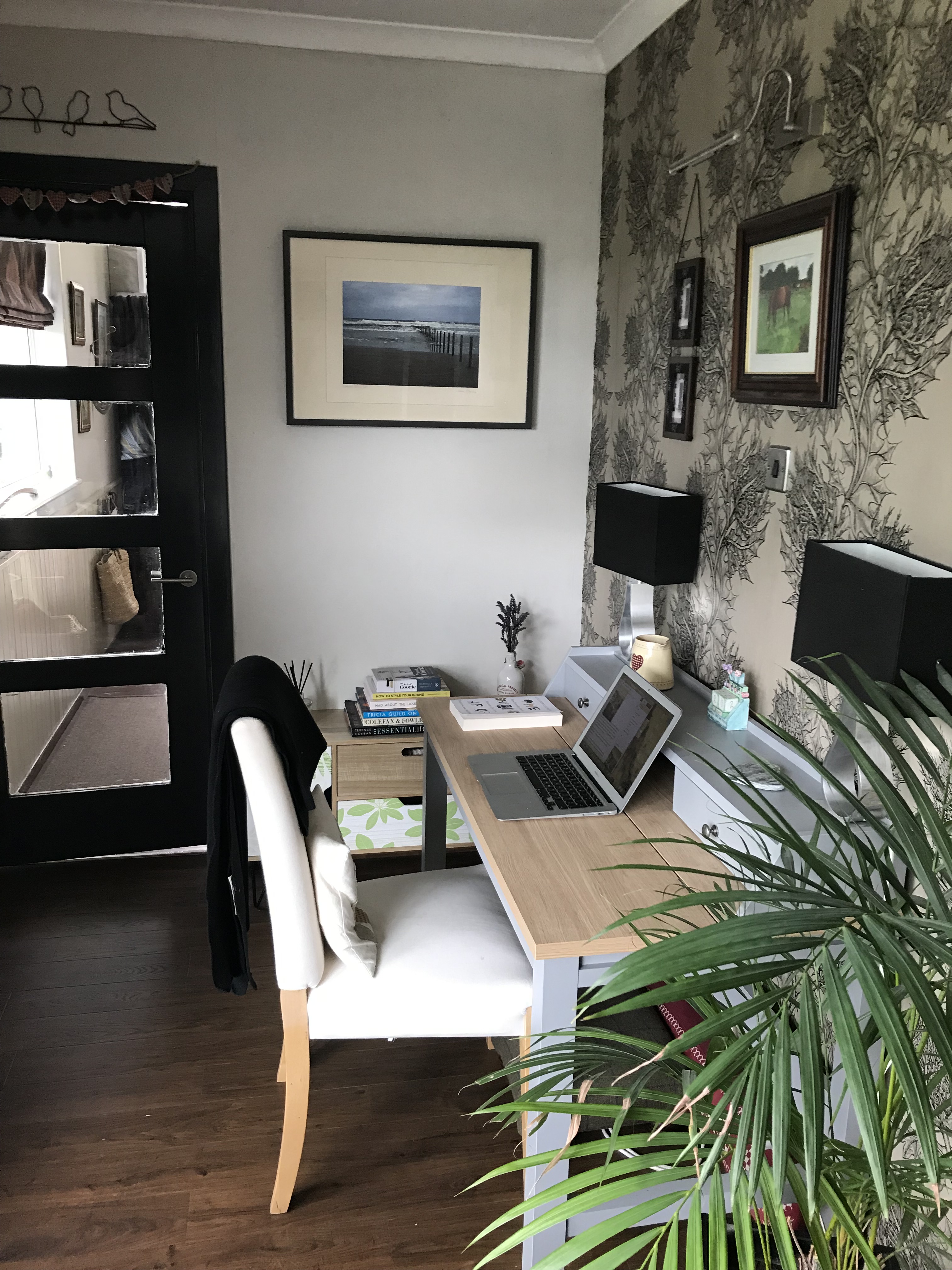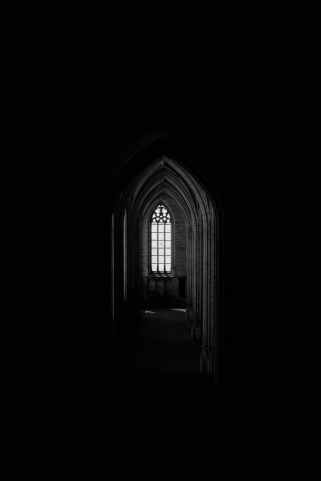
Photo by Adrien Olichon on Pexels.com
And here it is, probably the single most important feature of any design as without it, we can’t see what we have achieved in the rest of our design! DUH!
Following on from my previous post about atmosphere, we should never underestimate the power of good lighting within a space, whether it be natural or artificial or a combination of both.
Obviously, natural light would be the choice though not always available but nowadays there are so many options to recreate it using LED and light tunnels, skylights etc. Positioning and dressing of windows is equally important and I will address that in a future post.
We want a room to feel cosy in winter, but light and cool and inviting in bright summer light. In order to achieve this, designers use layering of different types of lighting:
AMBIENT: a basic and general lighting for the space which will create the overall atmosphere in the room, so colour choice is crucial especially as there are so many choices just now and variations on a simple white bulb! it usually takes the form or ceiling or wall lighting. If you can get the ambient light right in your space the other lighting will be easier to manage. It is also useful to have a dimmer switch where possible. You think you won’t need it but it gives you the option. As the nights are drawing in now for autumn, the transition from natural to artificial is obvious.
ACCENT: this is used to highlight points of the space or particular pieces within the space and can is usually bright to accentuate the area or item you want to be noticed. These are usually floor or table lamps but can also be directional ceiling or wall lights.
TASK: this is literally what it claims to be, focused lighting such as angle poise lamps, reading lamps, work lamps etc, used to assist with the completion of tasks. On the other hand, for short sighted folk such as myself, task lighting is an absolute essential. Using anglepoise lamps as bedside lamps can look cool as well as functional. These lovely copper ones in our bedroom were from Dunelm (not an ad!)
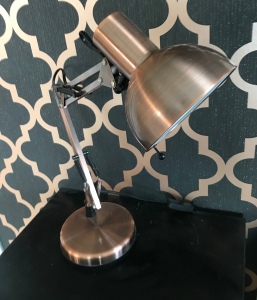
You could literally write an entire book about lighting and effects achievable with layering. This is only me sharing my thoughts about the need to know basics.
As usual, any comments or thoughts are always appreciated.
Thanks for reading, Mel x
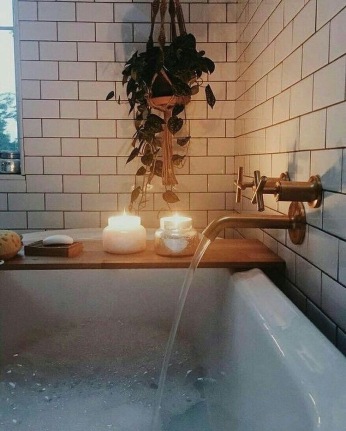 And relax!
And relax!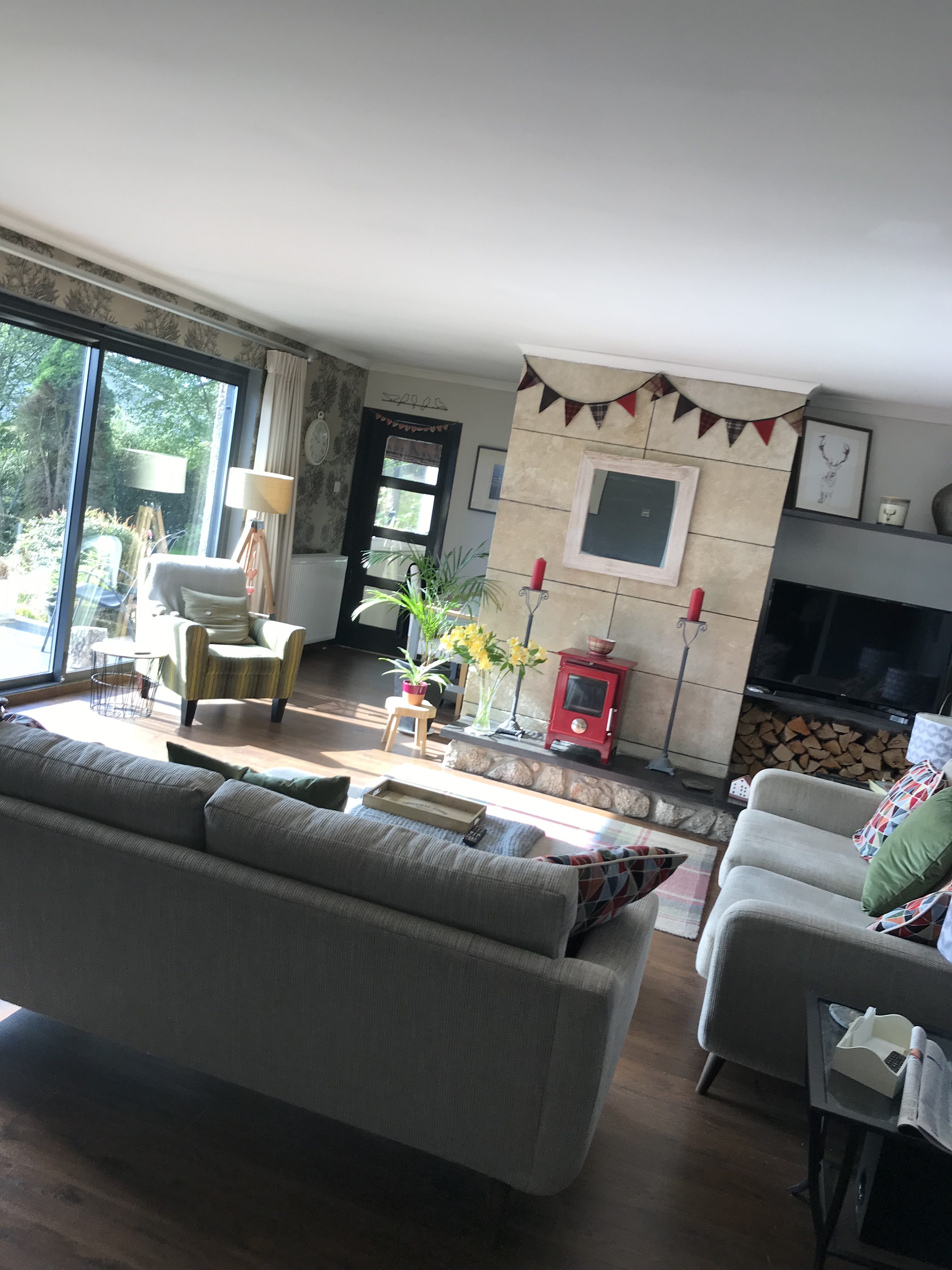 This is my awkward L shaped living room, with 3 focal points: TV, fireplace and Patio windows overlooking the garden and views beyond. Two doorways, one leading from the hallway/main entrance thus creating a through passage to the rest of the house. I have put a desk into the leg of the L to create a little workspace without making it look like an office and then screened it off from the rest of the room using plants! (back to the power of green!)
This is my awkward L shaped living room, with 3 focal points: TV, fireplace and Patio windows overlooking the garden and views beyond. Two doorways, one leading from the hallway/main entrance thus creating a through passage to the rest of the house. I have put a desk into the leg of the L to create a little workspace without making it look like an office and then screened it off from the rest of the room using plants! (back to the power of green!)